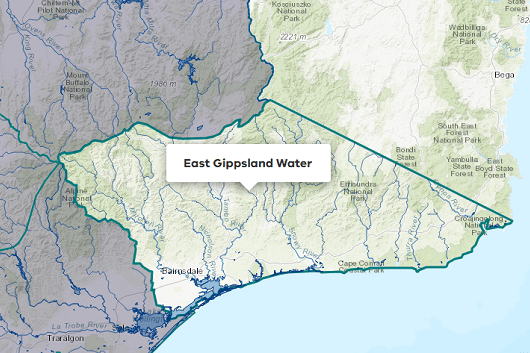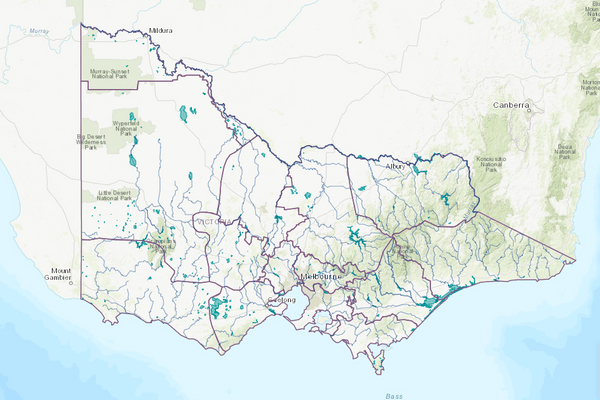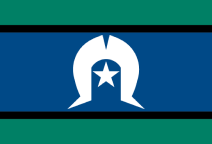About the area
- Gippsland Water services an area of approximately 5,000 km2 in the Latrobe Valley.
- Water services are provided to roughly 157,200 people via 12 separate water supply systems.
- Major industries serviced include dairy, energy and pulp and paper.
- More information on the water corporation can be found at Gippsland .
2021-22 overview
Urban deliveries
57,383 ML of urban residential and non-residential deliveries were made in 2021-22, more than the previous year (40,926 ML in 2020-21).
Wastewater recycled at treatment plants
7% of wastewater was recycled (2,048 ML of 27,615 ML).
Water deliveries
Table 1: Urban system water balance, Gippsland Water
Recycled water
Water recycled at wastewater treatment plants can be used to supplement water available in river basins. Table 2 below lists the wastewater treatment plants managed by Gippsland Water. Water discharged to the environment from treatment plants is included as an inflow to the water balance for each of the river basins.
The Essential Services Commission made some changes to recycled water data categories in 2021-22, so we have not included a comparison to 2020-21 in the table below. Click here to download the data for . More information can be found in How we account for water .






